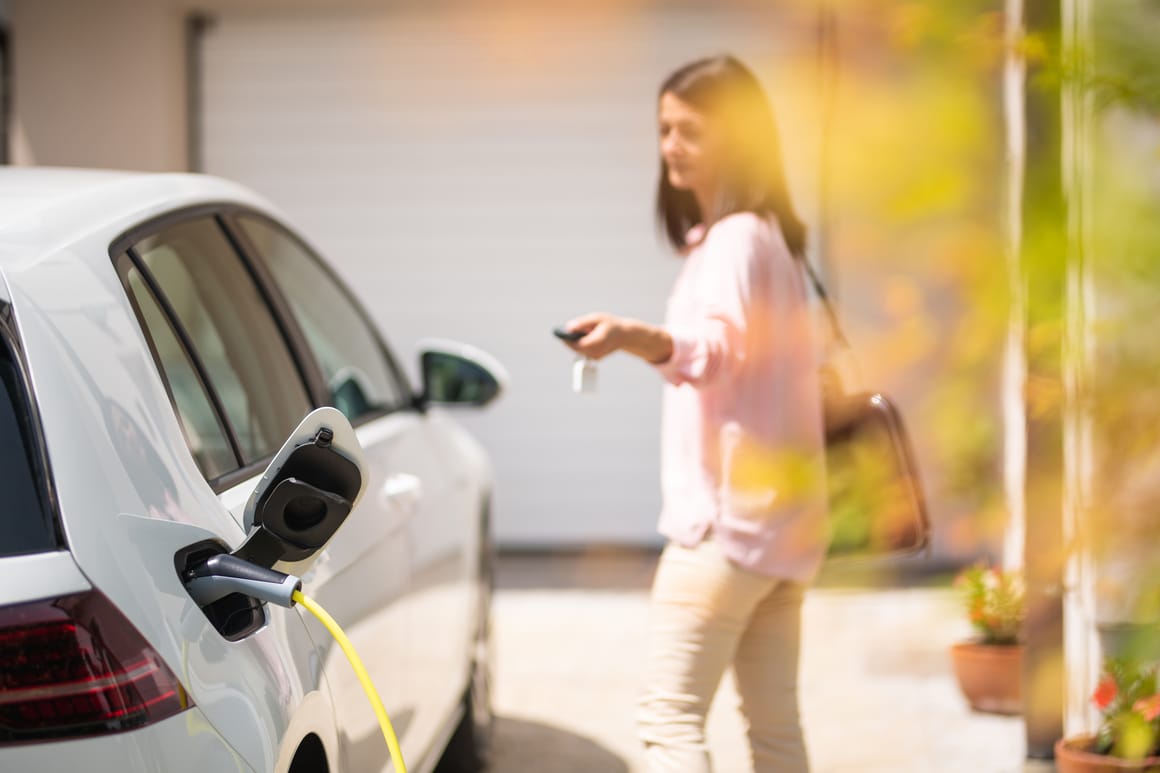Politics
Europe Faces Crucial Decisions on Circular Plastics Regulation

As negotiations on the End-of-Life Vehicles Regulation (ELVR) advance, Europe confronts pivotal choices impacting its sustainable mobility and industrial competitiveness. The crux of the debate centers on whether to mandate 15, 20, or 25 percent recycled plastic content in new vehicles. This decision is not just a target; it could spur significant investment in the circular economy within Europe’s plastics and automotive industries over the coming decade.
The ELVR represents a critical opportunity for Europe to align its ambitions for circularity with its industrial competitiveness. The region’s plastics sector is facing serious challenges, including soaring energy and feedstock costs, stringent regulations, and an exodus of investment. As production capacity diminishes, policymakers must recognize the vital role that plastics play in various European industries such as automotive, construction, healthcare, and defense.
Without a robust domestic plastics manufacturing sector, Europe risks slowing its pathway to net-zero emissions, increasing dependence on imports, and undermining its industrial resilience. The ELVR has the potential to become a cornerstone of the EU’s circular economy and a catalyst for revitalizing industrial competitiveness. It can serve as a flagship regulation with ambitious recycled content targets that align with the objectives of the Green Industrial Deal.
Advancing Circular Technologies
The automotive industry acknowledges that its decarbonization efforts hinge on access to innovative, circular materials produced within Europe. The European Commission originally proposed a target of 25 percent recycled plastic content in new vehicles within a six-year timeframe, with a quarter sourced from end-of-life vehicles. While ambitious, these targets are feasible with current technologies and appropriate incentives.
To achieve these goals, Europe must embrace the critical role of chemical recycling. Relying solely on mechanical recycling is insufficient to meet the quality and performance standards required for automotive applications. If the EU does not invest in chemical recycling, it risks establishing targets that, while appealing on paper, fail to materialize in practice. Scaling up chemical recycling will necessitate significant investments and the integration of circular feedstocks into complex supply chains. Legal clarity is essential, along with recognition that chemical recycling, alongside mechanical and bio-based methods, can fulfill recycled content targets.
A Comprehensive Framework for Competitiveness
While the ELVR is vital, it cannot succeed in a vacuum. A broader industrial policy framework is necessary to restore the competitiveness of Europe’s plastics value chain and foster investment in circular technologies and recycling infrastructure. Addressing the high energy and feedstock costs that threaten competitiveness is crucial. The EU should consider adding polymers to the compensation list of the EU Emissions Trading System and reinvesting revenues to enhance circular infrastructure, thus reducing energy intensity and promoting recycling.
Europe’s recyclers and manufacturers face competition from materials produced under less stringent environmental and social standards abroad. Implementing harmonized customs controls and mandatory third-party certifications for imports is essential to prevent carbon leakage and ensure fair competition with imports.
Establishing a Chemicals and Plastics Trade Observatory to monitor trade flows in real time will be crucial. This initiative can help ensure equitable competition, allowing EU industry and officials to respond promptly with necessary trade defense measures.
To foster growth in circular plastics production, Europe requires a unified market for circular materials. Eliminating internal market barriers, streamlining approvals for new technologies like chemical recycling, and providing predictable incentives for investments in recycled and circular feedstocks are essential steps. Current fragmented national regulations add unnecessary costs and delays, particularly impacting small and medium-sized enterprises that are vital to Europe’s recycling network.
The decisions made regarding the ELVR will play a pivotal role in shaping Europe’s position within the global economy. The trilogue negotiators face a fundamental choice: to design a regulation that merely manages waste or one that catalyzes industrial renewal. These choices will resonate beyond the automotive sector, influencing Europe’s capacity to balance its climate goals with industrial competitiveness.
As discussions progress, the ELVR emerges not just as another piece of environmental legislation but as a litmus test for Europe’s ability to translate its green ambitions into tangible industrial outcomes. The outcome of these negotiations will significantly impact Europe’s future in a rapidly evolving global landscape.
-

 Entertainment3 months ago
Entertainment3 months agoAnn Ming Reflects on ITV’s ‘I Fought the Law’ Drama
-

 Entertainment4 months ago
Entertainment4 months agoKate Garraway Sells £2 Million Home Amid Financial Struggles
-

 Health2 months ago
Health2 months agoKatie Price Faces New Health Concerns After Cancer Symptoms Resurface
-

 Entertainment3 months ago
Entertainment3 months agoCoronation Street’s Carl Webster Faces Trouble with New Affairs
-

 Entertainment2 months ago
Entertainment2 months agoWhere is Tinder Swindler Simon Leviev? Latest Updates Revealed
-

 Entertainment4 months ago
Entertainment4 months agoMarkiplier Addresses AI Controversy During Livestream Response
-

 Science4 weeks ago
Science4 weeks agoBrian Cox Addresses Claims of Alien Probe in 3I/ATLAS Discovery
-

 Entertainment4 months ago
Entertainment4 months agoKim Cattrall Posts Cryptic Message After HBO’s Sequel Cancellation
-

 Entertainment2 months ago
Entertainment2 months agoOlivia Attwood Opens Up About Fallout with Former Best Friend
-

 Entertainment3 months ago
Entertainment3 months agoMasterChef Faces Turmoil as Tom Kerridge Withdraws from Hosting Role
-

 Entertainment4 months ago
Entertainment4 months agoSpeculation Surrounds Home and Away as Cast Departures Mount
-

 World2 months ago
World2 months agoCole Palmer’s Mysterious Message to Kobbie Mainoo Sparks Speculation





















